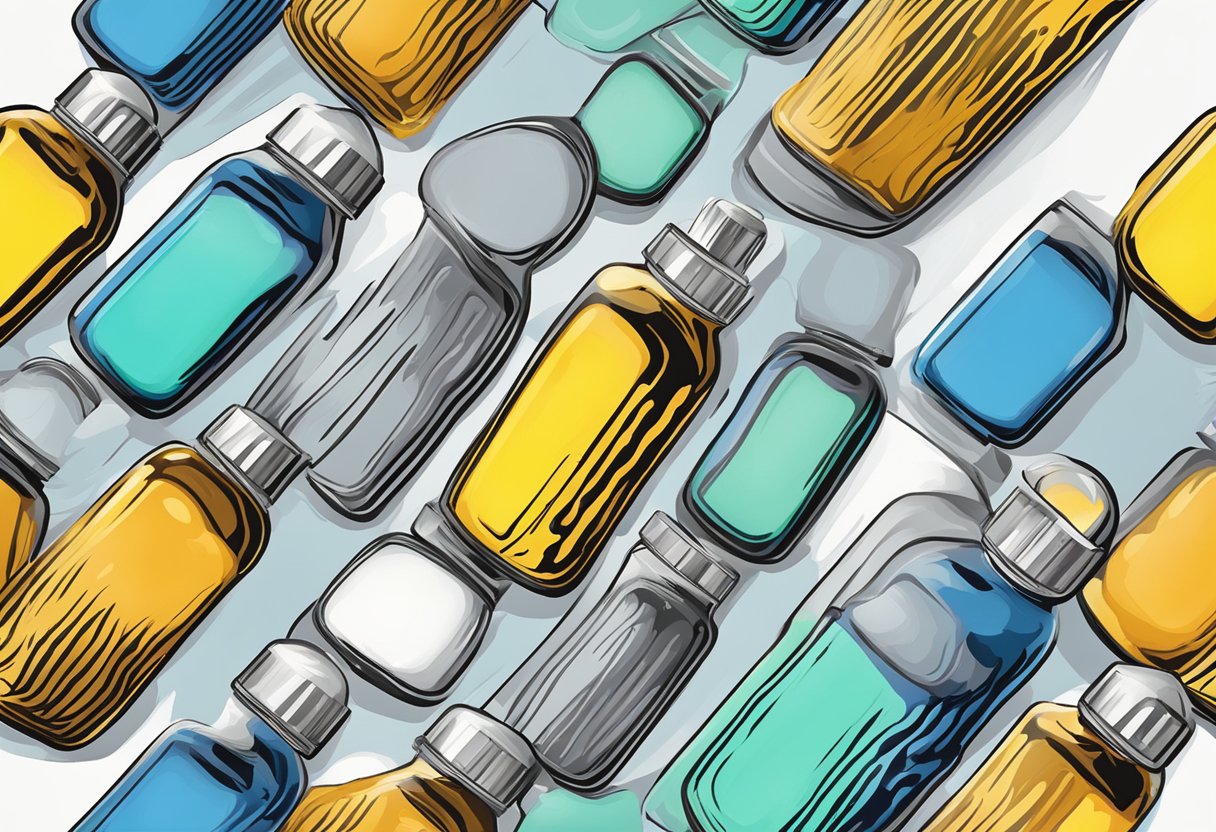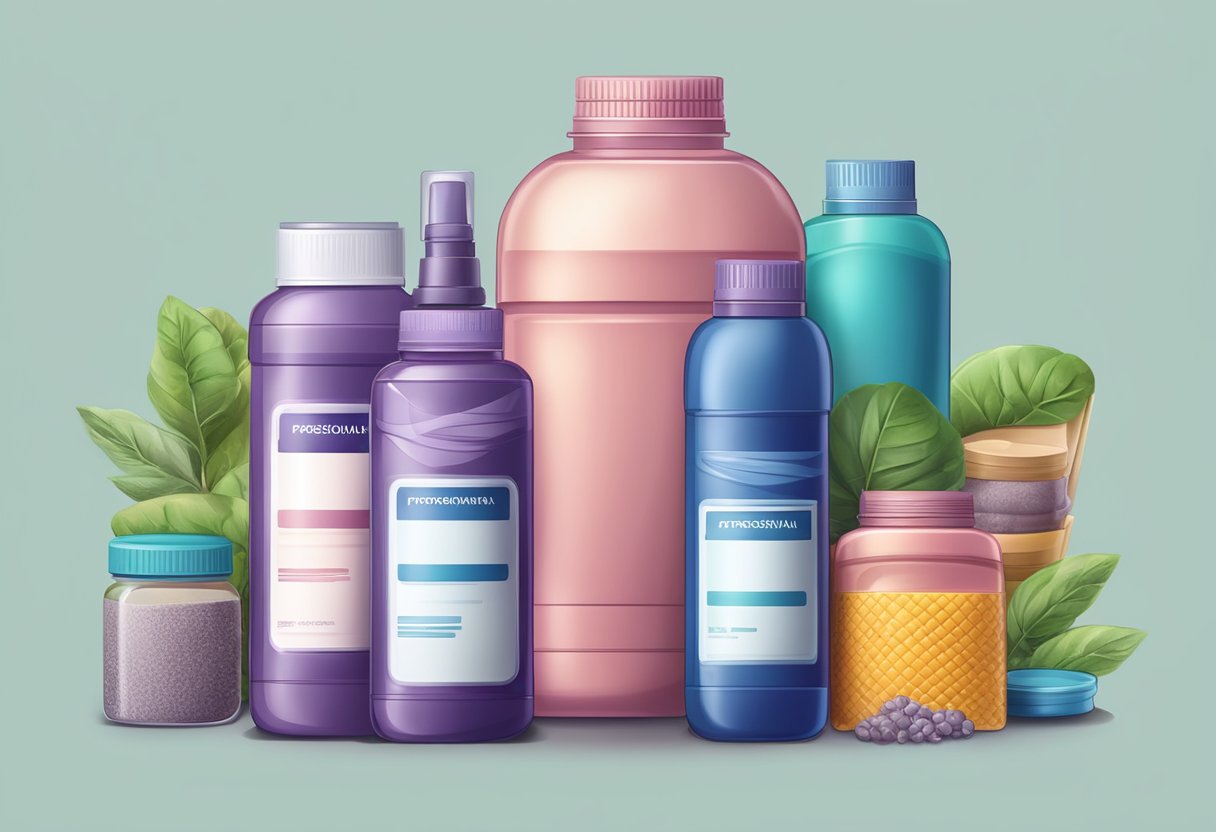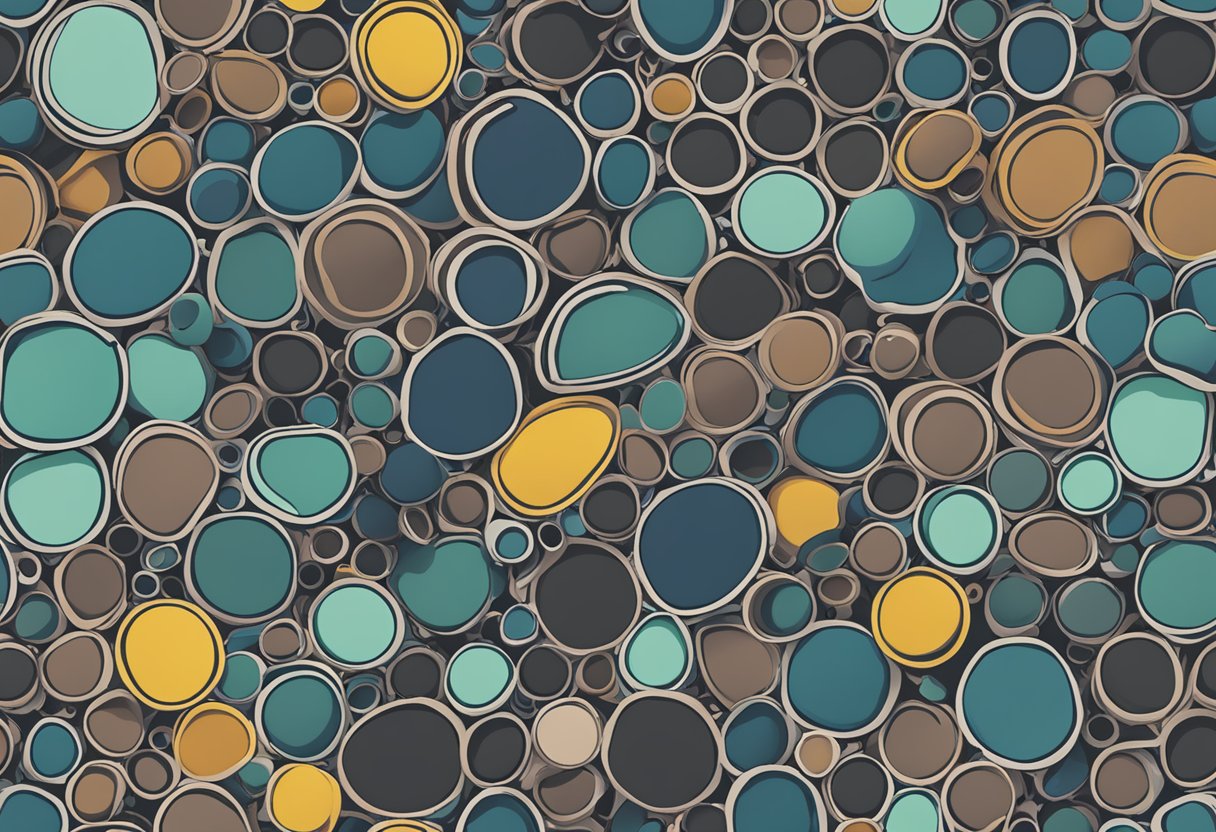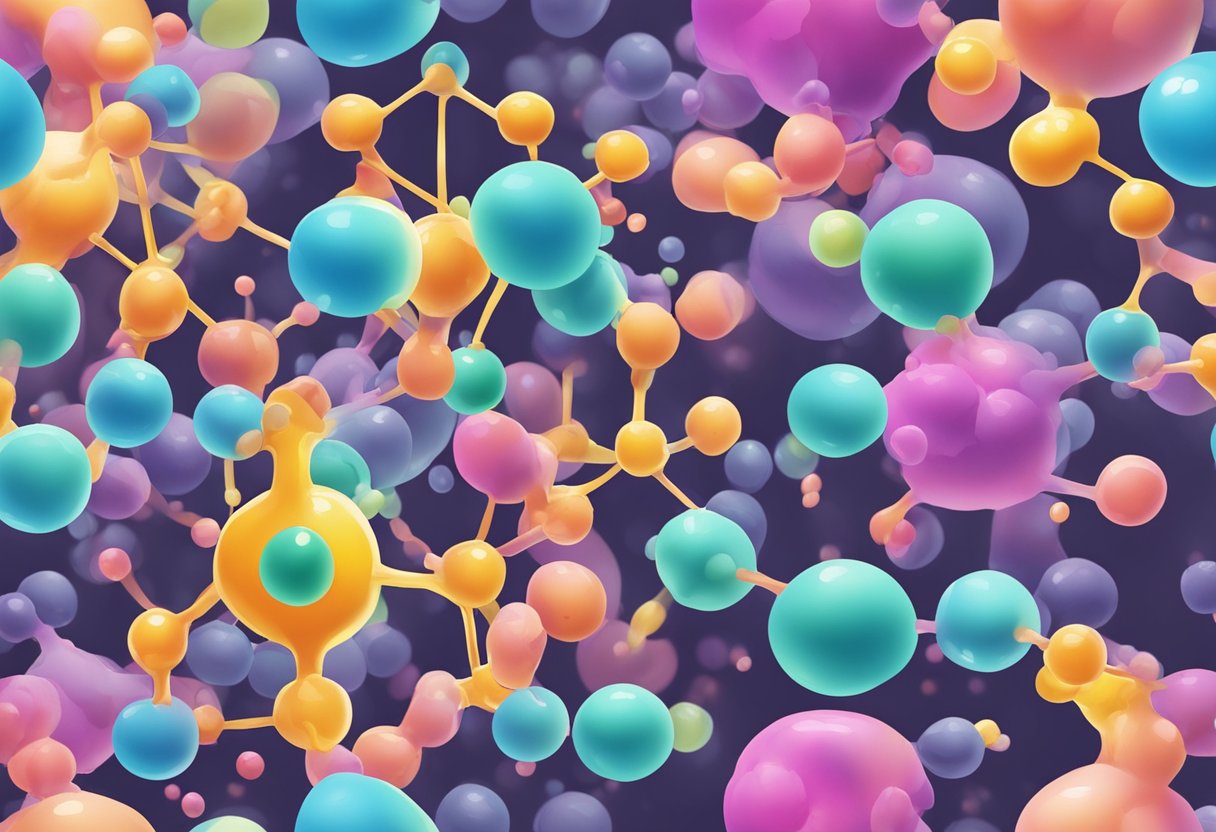Non-Staining Antioxidant for Rubber: A Comprehensive Guide
19/01/2024
Rubber is a commonly used material in various industries, including automotive, construction, and aerospace. However, exposure to environmental factors such as heat, light, and oxygen can cause rubber to degrade and lose its physical properties. Antioxidants are commonly used in rubber formulations to prevent degradation and extend the lifespan of rubber products. However, traditional antioxidants can also cause staining, which can be a significant issue in applications where appearance is important.

To address this issue, researchers have been developing non-staining antioxidants for rubber. These antioxidants are designed to prevent degradation without causing any discoloration or staining of the rubber. Non-staining antioxidants can be particularly useful in applications such as automotive interiors, where appearance is a critical factor. By using non-staining antioxidants, manufacturers can ensure that their products maintain their appearance and functionality over an extended period of time.
Fundamentals of Rubber Antioxidation

Rubber is a widely used material in various industries due to its unique properties. However, it is prone to degradation when exposed to heat, Zinc oxygen, and light, which can lead to loss of physical properties and ultimately failure of the product. Antioxidants are added to rubber to prevent or delay the oxidation process and extend the product’s service life.
The main function of antioxidants is to scavenge free radicals, which are highly reactive species that can initiate the oxidation process. Antioxidants work by donating hydrogen atoms or electrons to free radicals, thereby stabilizing them and preventing further reactions.
There are two types of antioxidants: primary and secondary. Primary antioxidants are also known as chain-breaking antioxidants, as they interrupt the oxidation process by reacting with free radicals and forming stable products. Secondary antioxidants are also known as peroxide decomposers, as they prevent the formation of peroxides, which can initiate the oxidation process.
The choice of antioxidant depends on the type of rubber and the application. For example, hindered phenols are commonly used in natural rubber, while amines are used in synthetic rubbers. Non-staining antioxidants are preferred in applications where discoloration or staining is not acceptable, such as in food contact materials or white-colored products.
In summary, antioxidants play a crucial role in preventing the degradation of rubber and extending the product’s service life. The choice of antioxidant depends on the type of rubber and the application, and non-staining antioxidants are preferred in applications where discoloration or staining is not acceptable.
Characteristics of Non-Staining Antioxidants

Rubber products are widely used in various industries due to their unique characteristics such as elasticity, durability, and resistance to wear and tear. However, exposure to oxygen, heat, and other environmental factors can cause rubber to degrade, leading to discoloration, cracking, and other forms of deterioration. Non-staining antioxidants are a type of additive that can help prevent this degradation and maintain the appearance and functionality of rubber products.
Non-staining antioxidants are characterized by their ability to provide effective protection against degradation without causing discoloration or staining of the rubber. This is particularly important for products that require a high level of visual appeal, such as automotive components, consumer goods, and footwear.
In addition to their non-staining properties, non-staining antioxidants are also known for their high resistance to heat and oxidation. They are able to withstand exposure to high temperatures and harsh environments, making them ideal for use in a wide range of applications.
Non-staining antioxidants can be classified into two main categories: primary antioxidants and secondary antioxidants. Primary antioxidants work by reacting with free radicals to prevent chain reactions that can lead to degradation. Secondary antioxidants, on the other hand, work by scavenging free radicals and preventing them from reacting with the rubber.
Overall, non-staining antioxidants are an important component of rubber products, helping to maintain their appearance and functionality over time. With their high resistance to heat and oxidation, they are ideal for use in a wide range of applications, providing effective protection against degradation without causing discoloration or staining.
Chemistry of Antioxidants for Rubber

Antioxidants are compounds that help prevent the degradation of rubber by inhibiting the oxidation process. Rubber products are exposed to various environmental factors such as heat, light, and oxygen, which can cause them to deteriorate over time. Antioxidants act as stabilizers by reacting with free radicals and preventing the chain reaction that leads to the degradation of rubber.
There are two types of antioxidants commonly used in the rubber industry: primary antioxidants and secondary antioxidants. Primary antioxidants prevent the formation of free radicals, while secondary antioxidants react with free radicals and terminate the oxidation process.
Primary antioxidants are typically sterically hindered phenols or aromatic amines. These compounds have a bulky structure that prevents them from reacting with oxygen and forming free radicals. Examples of primary antioxidants include 2,6-di-tert-butyl-4-methylphenol (BHT), 2,2′-methylenebis(4-methyl-6-tert-butylphenol) (MBMB), and N-phenyl-1-naphthylamine (PNA).
Secondary antioxidants are typically sulfur-containing compounds or phosphites. These compounds react with free radicals and stop the oxidation process. Examples of secondary antioxidants include dilauryl thiodipropionate (DLTDP), distearyl thiodipropionate (DSTDP), and tris(nonylphenyl) phosphite (TNPP).
It is important to choose the right type of antioxidant for a specific rubber application. Factors such as temperature, exposure to light, and the presence of other chemicals can affect the performance of antioxidants. The right choice of antioxidant can extend the life of rubber products and prevent staining.
Common Non-Staining Antioxidants for Rubber
Rubber is a widely used material in various industries. However, due to its susceptibility to degradation, it requires the use of antioxidants to prevent oxidation and degradation. Non-staining antioxidants are preferred for rubber applications as they do not cause discoloration or staining.
There are several types of non-staining antioxidants available for rubber, including phenolic antioxidants, phosphite antioxidants, and amine antioxidants. Each type has its own unique properties and benefits.
Phenolic Antioxidants
Phenolic antioxidants are one of the most commonly used non-staining antioxidants for rubber. They are highly effective in preventing oxidation and can be used in a wide range of rubber applications. Phenolic antioxidants are typically added during the compounding process and are effective in both natural and synthetic rubber.
Phosphite Antioxidants
Phosphite antioxidants are another type of non-staining antioxidant used in rubber applications. They are effective in preventing degradation caused by heat and light exposure. Phosphite antioxidants are typically used in combination with other antioxidants, such as phenolic antioxidants, for optimal protection against oxidation.
Amine Antioxidants
Amine antioxidants are a third type of non-staining antioxidant used in rubber applications. They are effective in preventing degradation caused by oxygen exposure and are typically used in synthetic rubber. Amine antioxidants can also be used in combination with other antioxidants for enhanced protection against oxidation.
Overall, non-staining antioxidants are essential for maintaining the quality and integrity of rubber products. By using the appropriate type of non-staining antioxidant, manufacturers can ensure that their rubber products will resist degradation and maintain their performance over time.
Application Techniques for Non-Staining Antioxidants
Non-staining antioxidants are widely used in the rubber industry to prevent degradation of rubber products. However, the effectiveness of these antioxidants depends on their proper application. Here are some application techniques for non-staining antioxidants:
Mixing
Non-staining antioxidants are typically added to rubber compounds during the mixing stage. It is important to ensure that the antioxidant is uniformly dispersed throughout the compound to achieve maximum protection against degradation. This can be achieved by using a high-shear mixer or by adding the antioxidant in small increments while mixing.
Curing
During the curing process, non-staining antioxidants can migrate to the surface of the rubber product, causing staining. To prevent staining, it is important to use the right curing temperature and time. The curing temperature should be as low as possible while still achieving the desired cure rate. The curing time should be long enough to ensure complete curing but not so long that the antioxidant migrates to the surface.
Storage
Non-staining antioxidants can degrade over time if they are exposed to heat, light, or moisture. To ensure the effectiveness of the antioxidant, it is important to store it in a cool, dry place away from direct sunlight. The antioxidant should be stored in a sealed container to prevent exposure to moisture.
Overall, proper application of non-staining antioxidants is crucial to ensure the longevity of rubber products. By following these application techniques, manufacturers can achieve maximum protection against degradation without causing staining.
Performance Evaluation of Non-Staining Antioxidants
Non-staining antioxidants are widely used in the rubber industry to protect rubber products from degradation caused by oxidation. The performance of non-staining antioxidants can be evaluated by various methods, such as the oxygen uptake test, the pressure rise test, and the ASTM D573 test.
The oxygen uptake test is a widely used method to evaluate the antioxidant performance of rubber. It measures the rate of oxygen uptake by the rubber sample under controlled conditions. The lower the rate of oxygen uptake, the better the antioxidant performance.
The pressure rise test is another method to evaluate the antioxidant performance of rubber. It measures the pressure rise inside a sealed container containing the rubber sample and oxygen. The lower the pressure rise, the better the antioxidant performance.
The ASTM D573 test is a standard test method to evaluate the resistance of rubber to cracking caused by ozone. Non-staining antioxidants can improve the resistance of rubber to ozone cracking.
Non-staining antioxidants have several advantages over staining antioxidants. They do not discolor the rubber product and do not affect its appearance. They also do not migrate to the surface of the rubber product, which can cause staining and other problems.
In conclusion, the performance of non-staining antioxidants can be evaluated by various methods, such as the oxygen uptake test, the pressure rise test, and the ASTM D573 test. Non-staining antioxidants have several advantages over staining antioxidants and are widely used in the rubber industry to protect rubber products from degradation caused by oxidation.
Regulatory Aspects of Rubber Antioxidants
Rubber antioxidants are widely used in the rubber industry to prevent degradation and extend the service life of rubber products. However, the use of antioxidants in rubber products is subject to regulatory requirements to ensure their safety and effectiveness.
In the United States, the use of rubber antioxidants is regulated by the Environmental Protection Agency (EPA) under the Toxic Substances Control Act (TSCA). Rubber antioxidants are considered to be new chemicals under TSCA and must undergo premanufacture notification to the EPA prior to their commercialization.
In addition, rubber antioxidants used in food contact applications are regulated by the Food and Drug Administration (FDA) under the Federal Food, Drug, and Cosmetic Act (FFDCA). Rubber antioxidants used in food contact applications must be approved by the FDA as food additives or generally recognized as safe (GRAS) substances.
Internationally, rubber antioxidants are regulated by various agencies, including the European Chemicals Agency (ECHA) and the Ministry of Health, Labor and Welfare in Japan. These agencies require manufacturers to submit safety data and undergo risk assessments prior to the commercialization of rubber antioxidants.
Manufacturers of rubber antioxidants must also comply with various industry standards, including the American Society for Testing and Materials (ASTM) and the International Organization for Standardization (ISO). These standards provide guidelines for the testing and evaluation of rubber antioxidants to ensure their quality and performance.
Overall, the regulatory landscape for rubber antioxidants is complex and requires manufacturers to comply with various requirements to ensure the safety and effectiveness of their products.
Environmental and Health Considerations
When choosing an antioxidant for rubber, it is important to consider its impact on the environment and human health. Many traditional antioxidants contain heavy metals or other harmful substances that can leach into the soil or water supply, posing a risk to both wildlife and humans.
Non-staining antioxidants are a safer and more environmentally friendly option. They do not contain heavy metals or other harmful substances and are less likely to cause damage to the environment or human health.
In addition, non-staining antioxidants are often more effective than traditional antioxidants, providing better protection against oxidation and extending the life of rubber products. This can help reduce waste and promote sustainability by reducing the need for frequent replacements.
Overall, choosing a non-staining antioxidant for rubber is a responsible choice that benefits both the environment and human health.
Innovations in Non-Staining Antioxidants
Non-staining antioxidants are essential in the rubber industry as they prevent the discoloration and degradation of rubber products. In recent years, there have been several innovations in non-staining antioxidants, providing rubber manufacturers with more options to choose from.
One of the most significant advancements is the development of non-staining antioxidants that are also non-toxic. This is particularly important for industries that require strict compliance with environmental regulations. These non-toxic antioxidants provide the same level of protection as traditional antioxidants, without the negative impact on the environment.
Another innovation is the use of natural antioxidants derived from plants. These antioxidants are renewable and sustainable, making them an attractive option for environmentally conscious manufacturers. Some examples of natural antioxidants used in the rubber industry include green tea extract, grape seed extract, and rosemary extract.
In addition to non-toxic and natural options, there are also non-staining antioxidants that offer improved performance. These antioxidants have been designed to provide enhanced protection against heat, oxygen, and other environmental factors that can cause rubber to degrade over time.
Overall, these innovations in non-staining antioxidants provide rubber manufacturers with more options to choose from, allowing them to select the best antioxidant for their specific needs. As the demand for eco-friendly and sustainable products continues to grow, it is likely that we will see further advancements in non-staining antioxidants in the future.
Market Trends and Consumer Demands
The demand for non-staining antioxidants for rubber has been increasing steadily in recent years. This can be attributed to the growing awareness among consumers regarding the negative impact of staining antioxidants on the appearance and quality of rubber products.
Manufacturers are responding to this demand by developing new and innovative non-staining antioxidant formulations that are effective in protecting rubber against degradation and aging without causing any discoloration or staining. These formulations are being used in a wide range of applications including automotive, construction, and industrial products.
Consumers are also demanding non-staining antioxidants for rubber in order to maintain the aesthetic appeal and longevity of their rubber products. This is particularly important in industries such as automotive and construction where appearance and durability are key factors in the purchasing decision.
In addition to the demand for non-staining antioxidants, consumers are also increasingly looking for environmentally friendly and sustainable rubber products. This has led to the development of new antioxidant formulations that are not only non-staining but also eco-friendly and biodegradable.
Overall, the market trends and consumer demands for non-staining antioxidants for rubber are expected to continue to grow in the coming years as manufacturers and consumers alike seek to improve the quality and sustainability of rubber products.
Future Prospects in Antioxidant Development
The demand for non-staining antioxidants in rubber applications is expected to increase in the future due to the growing need for high-performance rubber products with longer service life. The development of new and improved non-staining antioxidants is essential to meet the evolving demands of the rubber industry.
Researchers are exploring various synthetic and natural compounds with antioxidant properties to develop non-staining antioxidants for rubber. Some of the promising natural compounds include plant extracts, essential oils, and phenolic compounds. These compounds have shown excellent antioxidant activity and can be used as effective alternatives to synthetic antioxidants.
In addition to natural compounds, researchers are also investigating the use of nanotechnology in antioxidant development. Nanoparticles of various metals and metal oxides have shown excellent antioxidant properties and can be used to develop non-staining antioxidants for rubber.
Moreover, the incorporation of multiple antioxidants in rubber formulations is gaining attention as it can provide synergistic antioxidant effects and enhance the overall performance of the rubber products. The use of multiple antioxidants can also reduce the dependence on a single antioxidant and improve the stability of the rubber product.
In conclusion, the future prospects of non-staining antioxidant development for rubber are bright, with researchers exploring various natural and synthetic compounds, nanotechnology, and multiple antioxidants to meet the evolving demands of the industry.




